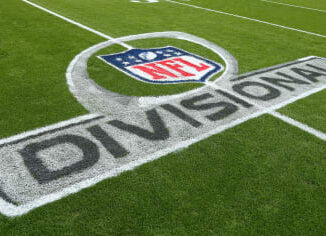
Do you watch the Super Bowl for the commercials? Super Bowl commercial history also is a history of modern marketing as a whole.

The Super Bowl is not just a competition between two professional football teams but a battle among marketers. Big brands compete for exposure, consumer allegiance and the designation of the best Super Bowl commercial — also known as the Olympics of television commercials. The Super Bowl spotlight can define a brand — but it wasn’t always this way. The American Marketing Association took a historical look at the cost of a 30-second Super Bowl spot from its inception to current day. Here is what they found: 1967 The first Super Bowl — the Green Bay Packers against the Kansas City Chiefs — garnered $42,000 per 30-second spot.
1970 Just three years later, this price tag went up to $78,000. This fee decreased briefly in 1971, but then jumped the next two years until surpassing the $100,000 mark in 1974.
1980 By Super Bowl XIV, the cost of a short commercial reached $220,000. Coca-Cola also launched a commercial that would change the way brands viewed Super Bowl marketing and convinced audiences that commercials were also entertainment. The now-iconic “Hey Kid, Catch” commercial featuring Pittsburgh Steelers defensive tackle “Mean” Joe Greene helped set the stage for a new kind of Super Bowl marketing.
1981 The year the Oakland Raiders beat the Philadelphia Eagles 27-10, commercial spot prices jumped to $324,000 — more than $100,000 in one year’s time. Three years later, Apple would break all the rules and set a new tone for Super Bowl commercials with its Macintosh spot.
1988 This is the year commercial prices would double again — reaching $645,000. 1992 During Super Bowl XXVI, Nike paired “Air Jordan” with “Hare” Jordan — Michael Jordan and Bugs Bunny dominating a game of basketball thanks to the shoes. This concept extended the idea of using two American icons to market a product.
2001 The first year a Super Bowl commercials cost more than $2 million and Britney Spears sold us Pepsi — continuing the tradition for the cola company to capitalize on beautiful stars to sell their product.
2010 Betty White laid the foundation for the popular Snickers campaign, “You’re not you when you’re hungry,” a campaign still active today and which has since featured other mega stars. Given the average Super Bowl commercial costs of the year, the candy company most likely doled out anywhere from $2.5 to $2.8 million. One year later, commercial costs would rise to the $3 million marker.
2016 Super Bowl commercials reach an all-time high of $5 million for a short spot. Mountain Dew also created #PuppyMonkeyBaby — a slogan perhaps full of nonsense but which kept people talking for months.


